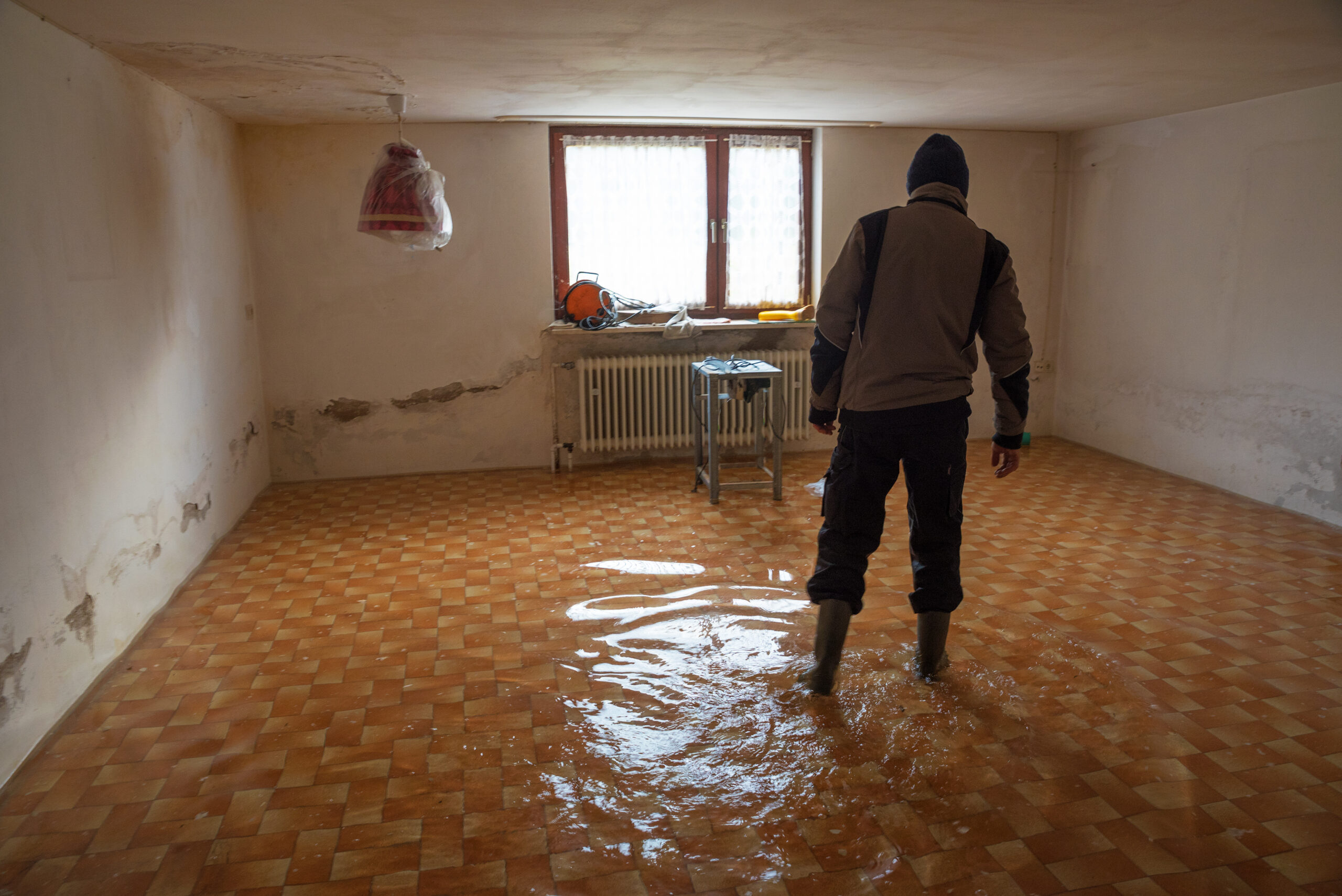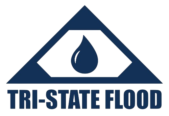ONGOING EFFECTS OF WATER DAMAGE
Educate Yourself
- Water contamination spread to unaffected areas
- Moisture sensitive surfaces swell and disfigure
- Furniture stains appear on carpeting and are usually permanent
- Paper goods and records are ruined
- Drapery fabrics that contain water may develop permanent watermarks
- Pre-existing moisture related problems are activated, such as urine, ect.
- Drywall softens and warps
- Cellulosic browning may occur on natural fabrics
- Foam cushion (pad) can begin to disintegrate
- Bacterial odor problems begin to develop
- Wood furniture, in contact with water, can become permanently ruined due to discoloration and swelling
- Rust stains appear on carpeting and other surfaces
- Mildew and biological growth takes place; odors begin to permeate the structure
- Wood Floors are warped and ruined
- Glue down and double stick installations become lose
- Woven carpets installations could shrink
- Delaminating of tufted carpet is possible
- Vinyl floor coverings can permanently discolor, adhesives can break down
- Components inside pianos and organs begin to swell from moisture
- Allergies and asthma can be aggravated
- Structural integrity of interior wall members, sub floors, and ceilings installations can be permanently damaged.
- Mildew can permanently stain/damage natural materials
- Serious health hazards to occupants of buildings have developed
NOTE: Naturally the above conditions depend upon the total amount of excessive water, the humidity at the time of the water loss, the contamination with in the water and its location with in the structure

INSURED’S BRIEFING
This is the standard set of “dos and don’ts” to insured’s in water damage
DO NOT:
1. Use any type home vacuum since electric shock may result, as well as potential damage to the equipment itself.
2. Place news paper in the traffic areas, since newspaper ink transfers easily.
3. Walk on wet carpet any more than necessary in order to keep from spreading damage.
4. Do not activate the HVAC system if it has been directly contacted to water, or might serve as a means of spreading contamination.
5. Change the indoor temperature (raise or lower) unless instructed to do so by a qualified restoration technician.
In Sewage Losses, do not:
– Handle directly contaminated items.
– Consume foods or use personal hygiene items that were left out in contaminated areas.
– Turn on fans to circulate air or use any vacuum equipment
– Stay in the property if you have respiratory problems including allergies and asthma.
– Are under 2 or over age 60
– Have a weakened immune system due to illness, medications, or recent surgery.
DO’S
1. Ensure that a contractor has been called to eliminate the water source or make necessary repairs.
2. If safe to do so, turn off circuit breakers supplying electricity to wet areas; unplug and remove any small electrical appliances/devices currently located on the wet carpet and areas.
3. Remove small furniture items as possible, to prevent rust or stains & expedite restoration.
4. Place protective tabs (foil) under legs of wooden furniture.
5. Hang draperies and pin up furniture skirts to prevent contact with wet carpet (watermarks, browning, dye transfer or migration).
6. Remove books, shoes, paper goods, fabrics, potted plants, or other items that may stain the carpet (check especially under beds and in closets for these items).
7. Remove and secure breakables, moisture sensitive or high valued items.
8. Make plans for restoration crew to remove large furniture items onto dry carpet, vinyl, ceramic, or wood flooring, or garage or storage areas.
9. Wash your hands thoroughly after handling wet items.
